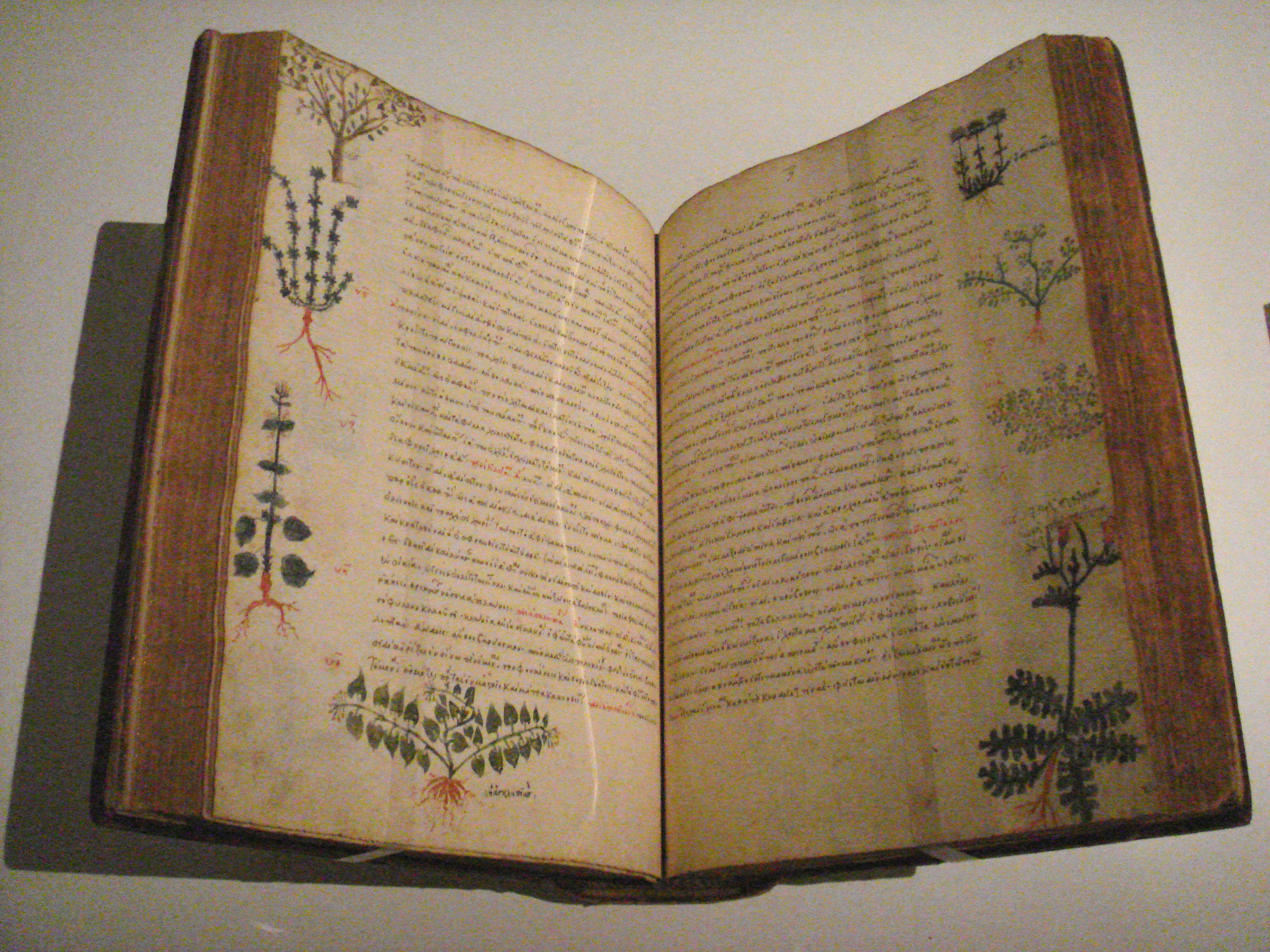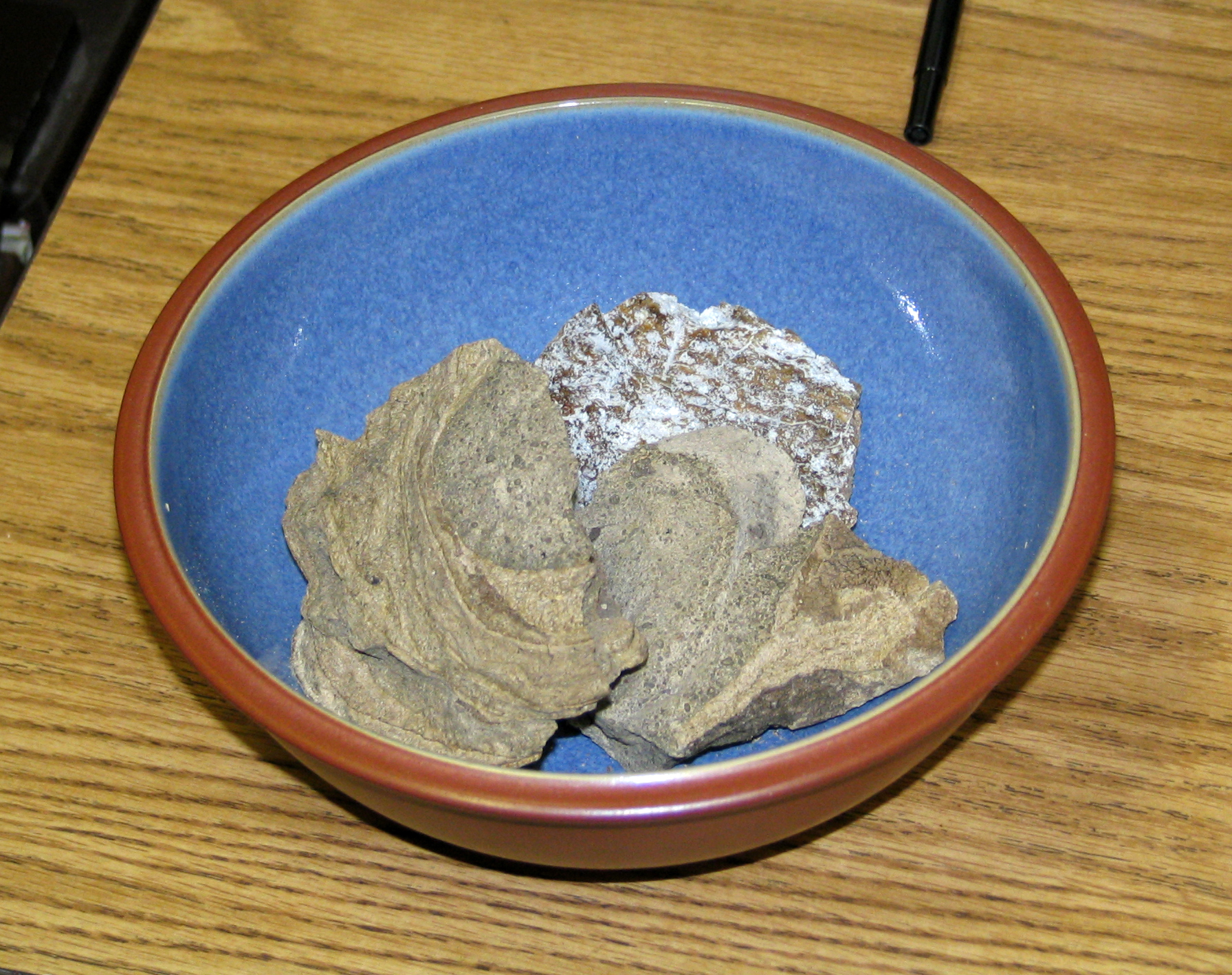|
Catuaba
The name Catuaba ( , via Portuguese from Guarani) is used for the infusions of the bark of a number of trees native to Brazil. The most widely used barks are derived from the trees ''Trichilia catigua'' and '' Erythroxylum vaccinifolium''. Other catuaba preparations use the bark of trees from the following genera or families: '' Anemopaegma'', ''Ilex'', ''Micropholis'', ''Phyllanthus'', '' Secondatia'', ''Tetragastris'' and species from the Myrtaceae. It is often claimed that catuaba is derived from the tree ''Erythroxylum catuaba'', but this tree has been described only once, in 1904, and it is not known today to what tree this name referred. ''E. catuaba'' is therefore not a recognised species (Kletter et al.; 2004). Local synonyms are Chuchuhuasha, Tatuaba, Pau de Reposta, Piratancara and Caramuru. A commercial liquid preparation, Catuama, contains multiple ingredients, one of these being catuaba from ''Trichilia catigua''. An infusion of the bark is used in traditional Bra ... [...More Info...] [...Related Items...] OR: [Wikipedia] [Google] [Baidu] |
Catuabine
Catuabines are a group of tropane alkaloids, isolated from ''Erythroxylum vaccinifolium'', which are used in the preparation of the drug Catuaba (which in traditional Brazilian medicine is purported to be an aphrodisiac and central nervous system stimulant, though such claims have not been substantiated). While catuabine A, B and C were isolated and characterized by Graf and Lude (1977, 1978), catuabine D was recently isolated by Zanolari et al. The catuabines are not known to have any physiological effects, this is in contrast to cocaine, which is an active constituent of another species, '' Erythroxylum coca''. See also *Hygrine Hygrine is a pyrrolidine alkaloid, found mainly in coca leaves (0.2%). It was first isolated by Carl Liebermann in 1889 (along with a related compound cuscohygrine) as an alkaloid accompanying cocaine in coca. Hygrine is extracted as a thick yello ... * Cuscohygrine References * Glasl, S.; Presser, A.; Werner, I.; Haslinger, E.; Jurenitsch, J. ( ... [...More Info...] [...Related Items...] OR: [Wikipedia] [Google] [Baidu] |
Trichilia Catigua
''Trichilia catigua'' is a flowering plant species in the genus '' Trichilia''. The species is used in folk medicine and shamanism in the aphrodisiac and stimulant catuaba. Cinchonain-Ib Cinchonain-Ib is a flavonolignan found in the bark of ''Trichilia catigua'' used as catuaba. A 2009 study revealed that Cinchonian-Ib derived from boiled Eriobotrya japonica The loquat (''Eriobotrya japonica'') is a large evergreen shrub ... is a flavonolignan found in the bark of ''T. catigua''. References External links catigua {{Meliaceae-stub ... [...More Info...] [...Related Items...] OR: [Wikipedia] [Google] [Baidu] |
Portuguese Language
Portuguese ( or, in full, ) is a western Romance language of the Indo-European language family, originating in the Iberian Peninsula of Europe. It is an official language of Portugal, Brazil, Cape Verde, Angola, Mozambique, Guinea-Bissau and São Tomé and Príncipe, while having co-official language status in East Timor, Equatorial Guinea, and Macau. A Portuguese-speaking person or nation is referred to as " Lusophone" (). As the result of expansion during colonial times, a cultural presence of Portuguese speakers is also found around the world. Portuguese is part of the Ibero-Romance group that evolved from several dialects of Vulgar Latin in the medieval Kingdom of Galicia and the County of Portugal, and has kept some Celtic phonology in its lexicon. With approximately 250 million native speakers and 24 million L2 (second language) speakers, Portuguese has approximately 274 million total speakers. It is usually listed as the sixth-most spoken language, the third-most sp ... [...More Info...] [...Related Items...] OR: [Wikipedia] [Google] [Baidu] |
Infusion
Infusion is the process of extracting chemical compounds or flavors from plant material in a solvent such as water, oil or alcohol, by allowing the material to remain suspended in the solvent over time (a process often called steeping). An infusion is also the name for the resultant liquid. The process of infusion is distinct from both decoction—a method of extraction involving boiling the plant material—and percolation, in which water is passed through the material (as in a coffeemaker). History The first recorded use of essential oils was in the 10th or 11th century by the Persian polymath Avicenna, possibly in ''The Canon of Medicine''. Tea is far older than this, dating back to the 10th century BC as the earliest recorded reference. Preparation techniques Infusion is a chemical process that uses botanicals (typically dried herbs, flowers or berries) that are volatile and release their active ingredients readily in water, oil, or alcohol. In this process, a liquid i ... [...More Info...] [...Related Items...] OR: [Wikipedia] [Google] [Baidu] |
Traditional Brazilian Medicine
Traditional Brazilian medicine (Portuguese: Medicina indígena) includes many native South American elements, and imported African ones. It is predominantly used in areas where indigenous groups and African descendants reside, like in the northeast coast, nearly all interior regions including Amazon regions, savannahs, rainforest, foothills, and Pantanal. According to Romulo R. N. Alves, "although Brazil's health system is public...use of traditional remedies and rituals provide an economical way of healing for much of the populace, but that also does not mean that wealthy Brazilians don't seek it out as well. Traditional medicine is a deep part of Brazilian heritage." The Aruak, Tupi, Yamomami, Krahô, Guarani and other Indians groups are among the native tribes that together with isolated descendants of Africans or Quilombola, and Indians integrated (Caboclo) that are known to almost exclusively practice traditional medicine. Among the plants include edible foods like the ... [...More Info...] [...Related Items...] OR: [Wikipedia] [Google] [Baidu] |
Herbal And Fungal Stimulants
A herbal is a book containing the names and descriptions of plants, usually with information on their medicinal, tonic, culinary, toxic, hallucinatory, aromatic, or magical powers, and the legends associated with them.Arber, p. 14. A herbal may also classify the plants it describes, may give recipes for herbal extracts, tinctures, or potions, and sometimes include mineral and animal medicaments in addition to those obtained from plants. Herbals were often illustrated to assist plant identification.Anderson, p. 2. Herbals were among the first literature produced in Ancient Egypt, China, India, and Europe as the medical wisdom of the day accumulated by herbalists, apothecaries and physicians. Herbals were also among the first books to be printed in both China and Europe. In Western Europe herbals flourished for two centuries following the introduction of moveable type (c. 1470–1670). In the late 17th century, the rise of modern chemistry, toxicology and pharmacology reduced ... [...More Info...] [...Related Items...] OR: [Wikipedia] [Google] [Baidu] |
Mouse
A mouse ( : mice) is a small rodent. Characteristically, mice are known to have a pointed snout, small rounded ears, a body-length scaly tail, and a high breeding rate. The best known mouse species is the common house mouse (''Mus musculus''). Mice are also popular as pets. In some places, certain kinds of field mice are locally common. They are known to invade homes for food and shelter. Mice are typically distinguished from rats by their size. Generally, when a muroid rodent is discovered, its common name includes the term ''mouse'' if it is smaller, or ''rat'' if it is larger. The common terms ''rat'' and ''mouse'' are not taxonomically specific. Typical mice are classified in the genus '' Mus'', but the term ''mouse'' is not confined to members of ''Mus'' and can also apply to species from other genera such as the deer mouse, ''Peromyscus''. Domestic mice sold as pets often differ substantially in size from the common house mouse. This is attributable to breeding a ... [...More Info...] [...Related Items...] OR: [Wikipedia] [Google] [Baidu] |
Infection
An infection is the invasion of tissues by pathogens, their multiplication, and the reaction of host tissues to the infectious agent and the toxins they produce. An infectious disease, also known as a transmissible disease or communicable disease, is an illness resulting from an infection. Infections can be caused by a wide range of pathogens, most prominently bacteria and viruses. Hosts can fight infections using their immune system. Mammalian hosts react to infections with an innate response, often involving inflammation, followed by an adaptive response. Specific medications used to treat infections include antibiotics, antivirals, antifungals, antiprotozoals, and antihelminthics. Infectious diseases resulted in 9.2 million deaths in 2013 (about 17% of all deaths). The branch of medicine that focuses on infections is referred to as infectious disease. Types Infections are caused by infectious agents (pathogens) including: * Bacteria (e.g. ''Mycobacterium tuberculosis'', ... [...More Info...] [...Related Items...] OR: [Wikipedia] [Google] [Baidu] |
Bacteria
Bacteria (; singular: bacterium) are ubiquitous, mostly free-living organisms often consisting of one biological cell. They constitute a large domain of prokaryotic microorganisms. Typically a few micrometres in length, bacteria were among the first life forms to appear on Earth, and are present in most of its habitats. Bacteria inhabit soil, water, acidic hot springs, radioactive waste, and the deep biosphere of Earth's crust. Bacteria are vital in many stages of the nutrient cycle by recycling nutrients such as the fixation of nitrogen from the atmosphere. The nutrient cycle includes the decomposition of dead bodies; bacteria are responsible for the putrefaction stage in this process. In the biological communities surrounding hydrothermal vents and cold seeps, extremophile bacteria provide the nutrients needed to sustain life by converting dissolved compounds, such as hydrogen sulphide and methane, to energy. Bacteria also live in symbiotic and parasitic relationsh ... [...More Info...] [...Related Items...] OR: [Wikipedia] [Google] [Baidu] |
Central Nervous System
The central nervous system (CNS) is the part of the nervous system consisting primarily of the brain and spinal cord. The CNS is so named because the brain integrates the received information and coordinates and influences the activity of all parts of the bodies of bilaterally symmetric and triploblastic animals—that is, all multicellular animals except sponges and diploblasts. It is a structure composed of nervous tissue positioned along the rostral (nose end) to caudal (tail end) axis of the body and may have an enlarged section at the rostral end which is a brain. Only arthropods, cephalopods and vertebrates have a true brain (precursor structures exist in onychophorans, gastropods and lancelets). The rest of this article exclusively discusses the vertebrate central nervous system, which is radically distinct from all other animals. Overview In vertebrates, the brain and spinal cord are both enclosed in the meninges. The meninges provide a barrier to chemicals dissolv ... [...More Info...] [...Related Items...] OR: [Wikipedia] [Google] [Baidu] |
Aphrodisiac
An aphrodisiac is a substance that increases sexual desire, sexual attraction, sexual pleasure, or sexual behavior. Substances range from a variety of plants, spices, foods, and synthetic chemicals. Natural aphrodisiacs like cannabis or cocaine are classified into plant-based and non-plant-based substances. There are non-naturally-occurring aphrodisiacs like MDMA and methamphetamine. Aphrodisiacs can be classified by their type of effects (i.e., psychological or physiological). Aphrodisiacs that contain hallucinogenic properties like Bufotenin have psychological effects on a person that can increase sexual desire and sexual pleasure. Aphrodisiacs that contain smooth muscle relaxing properties like yohimbine have physiological effects on a person that can affect hormone levels and increase blood flow. It is possible that the aphrodisiac effect of a substance is due to the placebo effect. Other substances that impede on areas that aphrodisiacs aim to enhance are classified as an ... [...More Info...] [...Related Items...] OR: [Wikipedia] [Google] [Baidu] |







